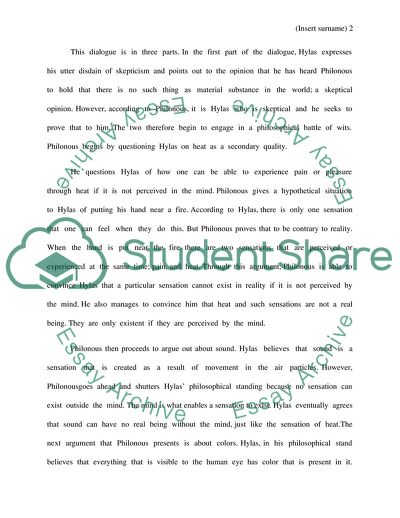Cite this document
(Three Dialogues between Hylas and Philonous Coursework - 1, n.d.)
Three Dialogues between Hylas and Philonous Coursework - 1. https://studentshare.org/philosophy/1790223-berkely-info-in-description
Three Dialogues between Hylas and Philonous Coursework - 1. https://studentshare.org/philosophy/1790223-berkely-info-in-description
(Three Dialogues Between Hylas and Philonous Coursework - 1)
Three Dialogues Between Hylas and Philonous Coursework - 1. https://studentshare.org/philosophy/1790223-berkely-info-in-description.
Three Dialogues Between Hylas and Philonous Coursework - 1. https://studentshare.org/philosophy/1790223-berkely-info-in-description.
“Three Dialogues Between Hylas and Philonous Coursework - 1”. https://studentshare.org/philosophy/1790223-berkely-info-in-description.


